Secrets of Life
The sequel series of shorts to Secrets of Nature (1922-1934).
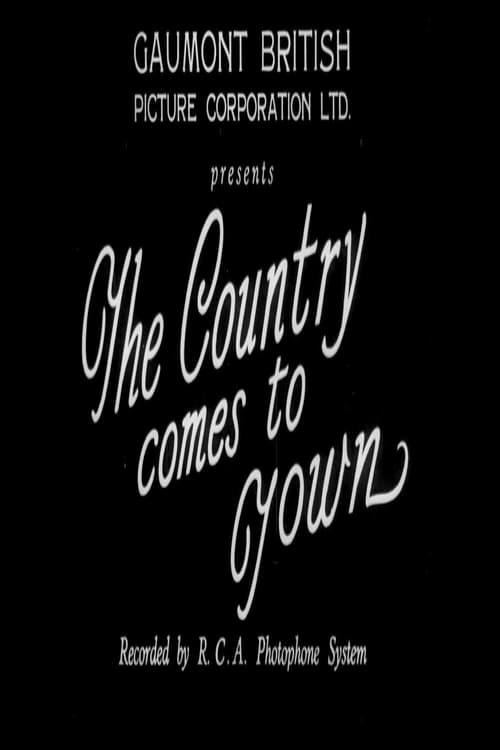
The Country Comes to Town
A celebration of the importance of the British countryside.
Roots
The first in the Secrets of Life series of short films.
Ravenous Roger
A Secrets of Life short about a raven.
Butterflies and Nettles
Documentary on the life cycle of the tortoiseshell butterfly: first laying their eggs under the leaves of sting nettles and in2-3 weeks the caterpillars emerge and live off the nettle leaves. Then fully grown caterpillars spin a chrysalis. After 3 weeks the new butterfly emerges, and so the cycle continues.
Baby on the Rocks
A Secrets of Life documentary about the European Buzzard. The film was registered on the Board of Trade's official list under Section 6 of the Films Act as 869ft long (roughly 9 minutes if projected at 24 frames per second)
Thistledown
A study of the Spear Thistle demonstrating the processes of fertilisation.
We Are Seven
A Secrets of Life short of which the BFI described "a delightful study of a single family which leaves one with a feeling of satisfaction and a determination to watch at least one garden nest consistently when spring returns. The views from inside the nesting box are particularly interesting and one is left wondering how the lighting was managed so well. Young children would be relieved to hear that the parents continued to feed all their young ones and not only the few which kept their balance on the branch. Useful in nature study, biology and gardening classes"
Mixed Bathing
A Secrets of Life documentary about bathing time at the zoo. The film was registered on the Board of Trade's official list under Section 6 of the Films Act as 883ft long (roughly 9 minutes if projected at 24 frames per second) It is a remake, or update, of the short "Bath Time at the Zoo" from Secrets of Nature.
White Flies and Tomatoes
A Secrets of Life short of which the BFI gave this description: "The first part of the film is a speeded-up picture of germination and growth of the tomato plant, ending with the fertilization of the flower and the growth of the fruit. The white flies are then shown in action on the plant, and by skilful micro-photography their life cycle is shown, together with the means by which they injure the plant. A natural parasite—small species of wasp—is also shown in action by means of micro-photography,and its method of parasitism is clearlybrought out. The film concludes with apictorial demonstration of the means forridding tomato glass-houses infested withwhite fly by the use of hydrocyanic gas."
Home from the South
This short ends with a warning that the birds helped "to preserve the leafy loveliness of our English countryside. We should therefore protect the warblers."
Living Lies
A Secrets of Life short.
Wake Up And Feed
A Secrets of Life short about feeding time at the zoo. The film was registered on the Board of Trade's official list under Section 6 of the Films Act as 922ft long (roughly 10 minutes if projected at 24 frames per second)
A Queer Diet
"A study of how plants obtain the elements necessary for their existence."
Hedgerows
"Shows how the hedgerows are used by many animals and birds to conceal their homes."
Cabbage
A Secrets of Life short to which the BFI gave this description: "The film falls into two related sections: the first part shows, by fast motion... the germination, growth-characteristic and fertilisation of the wild cabbage; the second part shows how the varied forms of cultivated cabbage - Savoys, Brussels sprouts, cauliflowers, sprouting broccoli - are related to the wild form, by illustrating the particular feature of the wild form that is present to an exaggerated degree in the cultivated variety... A very good example of how to deal with familiar gardening knowledge in an interesting manner, while at the same time using everyday facts to bring home the scientific lessons that can be drawn therefrom... Perhaps the most striking portions of the whole film are the sections showing which parts of the wild form have been greatly developed to produce the Brussels sprouts, cauliflower, or the Savoy cabbage."
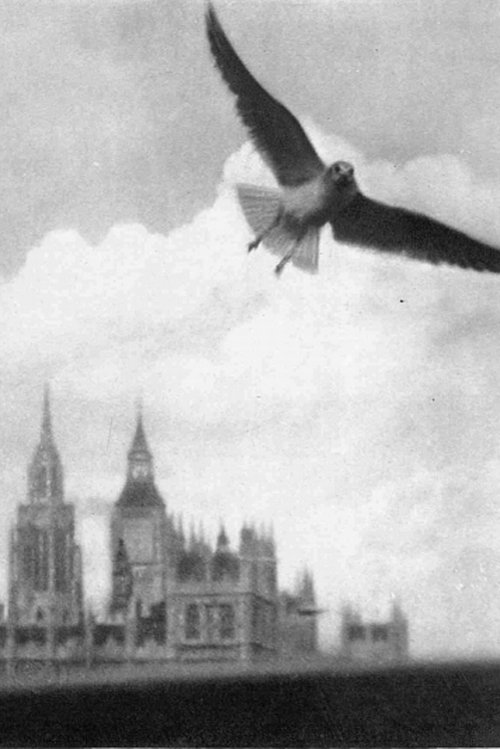
London Visitors
The film takes us to the North of England to follow the migration of the black-headed gull down to London. There, the narrator asks viewers to "listen to their gossip", before demonstrating the bird’s flight in slow motion. We see a polecat feasting on gull eggs, and then a man collecting the eggs for human consumption, with the film telling us that they are considered a “delicacy” in London. Indeed, according to the British Trust for Ornithology, around 300,000 gull’s eggs were sold every year in Leadenhall Market in London during the 1930s, when London Visitors was made.
Sawfly
A Secrets of Life short about the sawfly.

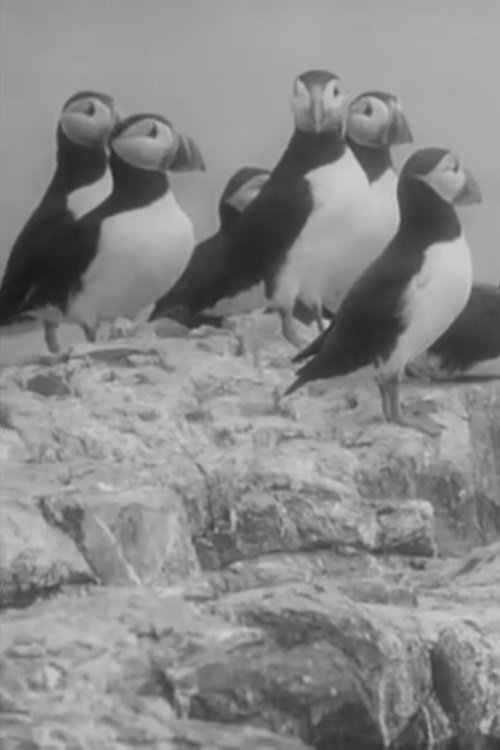
Nursery Island
The birdlife of Northumberland's Farne Islands comes under the spotlight.
He Would a-Wooing Go
Mary Field and F Percy Smith create this whimsical look at the breeding habits and life cycle of frogs.
Lupins
Short nature documentary by Mary Field and F. Percy Smith.
Safety First
A Secrets of Life short.
Home in the Valley
A Secrets of Life short about the Sparrow Hawk.
Community Life
A Secrets of Life short about ants.
Life in the Balance
This film shows how and why the animals which inhabit a pond are dependent one on another for their survival. We see the minnow in pursuit of water fleas and a stickleback seeking worms to satisfy his need of fuel. Carbon-dioxide, we are reminded, is essential for the growth of the green plants and the oxygen they release for the breathing of the animal population of the pond.
New Generation
A Secrets of Life short about the production of seeds.
Fish Face
A Secrets of Life short.
Rock Pools
A Secrets of Life short about life within the pools that form along rocky shores.
Tawny Owl
A Secrets of Life short about the tawny owl.
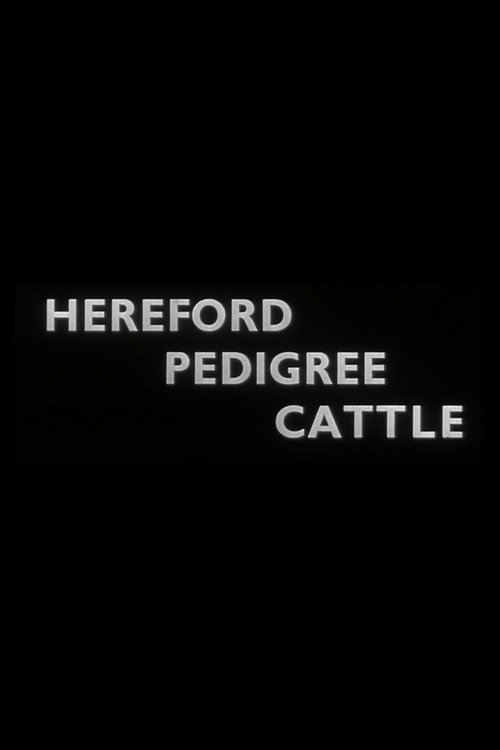
Hereford Pedigree Cattle
Short documentary on how cows and bulls are selected for breeding and selling.
Kings in Exile
King Penguins are first seen in their natural habitat, the Antarctic, after which we see them in the Edinburgh Zoo. With slow-motion pictures we see how they swim with the use of their flippers and feet. Their mating and incubating of their eggs and later, the hatching of them; the rearing of the young at various stages of their growth are also shown.
See How They Run
A Secrets of Life short about the movement of animals.
The Catch of the Season
The lifecycle of a freshwater trout; looking in detail at the development of a trout embryo and hatchling. Also shows the techniques involved in dry-fly trout fishing. (NFA Catalogue) Life cycle and habits of the trout. Photographed by Percy Smith. (Synopsis)
Far and Wide
A Secrets of Life short.
Queering The Pitch
A Secrets of Life short.
Perky Cockney
The perky Cockneys are London sparrows, who star in this natural history film.
Home in the Heather
A Secrets of Life short about the emperor moth.
The Tough 'un
"If they were as rare as orchids we would probably rave about them" opens this film in the Secrets of Nature series, directed by the prolific Mary Field. The mesmerising time-lapse photography is offset by a jokey commentary voiced by EVH Emmett, then best known as the voice of the Gaumont newsreel. The flippant tone is exemplified by his comment on the range of responses to dandelions: "Some gardeners tear up the lawn and lay crazy paving, some tear up a high cliff and jump off".
Living in London
Captures the lives, habits and habitats of London’s pigeon population.
Over and Under
A Secrets of Life short.
Three Wicked Sisters
A Secrets of Life short.
Housepainter
A Secrets of Life short.
Shadow in the Stream
Explores the natural history of the otter, depicted through the fictitious account of a day in the life of Otto the Otter and his mother. The narrator claims that the short features "the first film ever taken of an otter swimming underwater."
Two Little Orphans
A Secrets of Life short about badgers.
Ducks and Drakes
A Secrets of Life short about waterfowl.
Water Baby
A Secrets of Life short.
Old Blue
A Secrets of Life short, potentially the second in the series about the Lupin.
Seashores
On the search for weird and amazing creatures living on the seashores... This short movie played before The Thief of Bagdad (1940) during its original run in the cinema.
Why A Sponge
A Secrets of Life short.
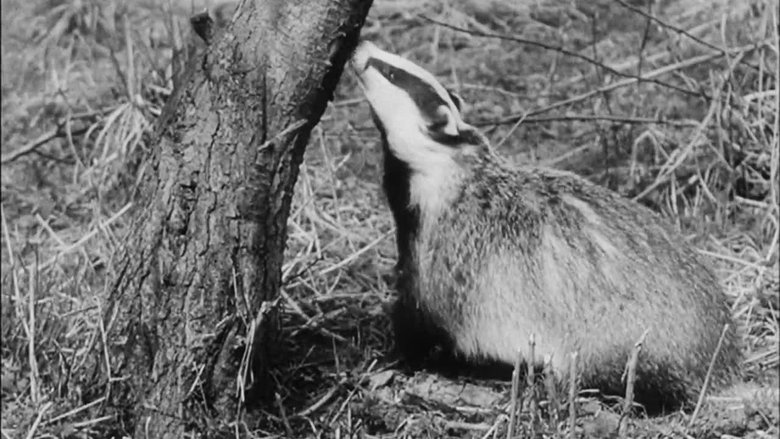
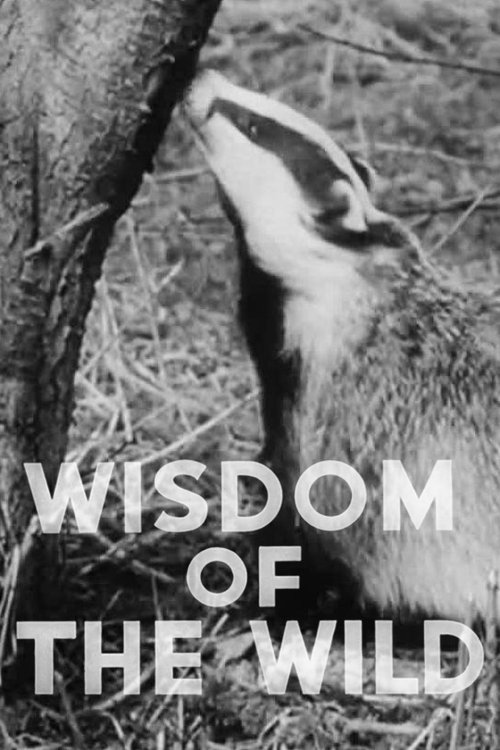
Wisdom of the Wild
A wildlife film with a difference: it has A Message for any humans in the house. "The squirrel in the tree, the fox below, the birds, insects, all know that a time of plenty will not last forever". Austerity-stricken wartime viewers can learn from their economical feeding habits. An entertaining hybrid of public information and natural history from the makers of wildlife series Secrets of Life. Released in the BFI boxset Ration Books and Rabbit Pies: Films from the Home Front.
Once We Were Four
The Secrets of Life series (1934-50) may not conform to modern expectations of nature filmmaking, inclined as it is towards giving cute fluffy creatures human names and characteristics. But it couldn't be accused of shielding kiddies from the harsher realities of the food chain, as this exercise in ruthless Darwinism demonstrates to unintentionally hilarious effect. A more than usually eccentric narrator introduces us to the newborn bunny quartet of Donald, James, Charles and Clifford, but as the film's title gives away, "the boys" aren't all long for this world as they face an assault course of hungry owls, predatory badgers, shotgun-happy gardeners and aerial bombardment (no harm in a little anti-Nazi detour, this is 1942 after all). (from http://player.bfi.org.uk/film/watch-once-we-were-four-1942/)
Overlooked
A Secrets of Life short.
Singing While They Work
A Secrets of Life short.
Down Somerset Way
A Secrets of Life short.
Climbers
A Secrets of Life short similar to the ealier work, Climbing Plants.
U-Boat in the Pond
A Secrets of Life short about the Dityscus Beetle
Memories
History - and natural history - filmed on location in Selborne, East Hampshire. This unusual edition of the long-running series Secrets of Life tells the story of the village's famous son, Rev Gilbert White, whose 1789 book The Natural History and Antiquities of Selborne is a classic of natural history. The film follows in his footsteps, with camera rather than quill in hand, focusing on nature but also taking in views of the village and its human inhabitants. The ingenious close coverage of bird, reptile and other wildlife was the stock-in-trade of the filmmakers at Gaumont-British Instructional, producers of the series. Under the direction of the redoubtable Mary Field, the behind-screen talent here includes legendary 'cine-biologists' Percy Smith and Oliver Pike. A tribute by one generation of pioneering naturalists to another, it's a quietly moving film in spite of its clipped English reserve - or perhaps partly because of it.
Polly All Alone
A Secrets of Life short.
Tongues and Tails
A Secrets of Life short.

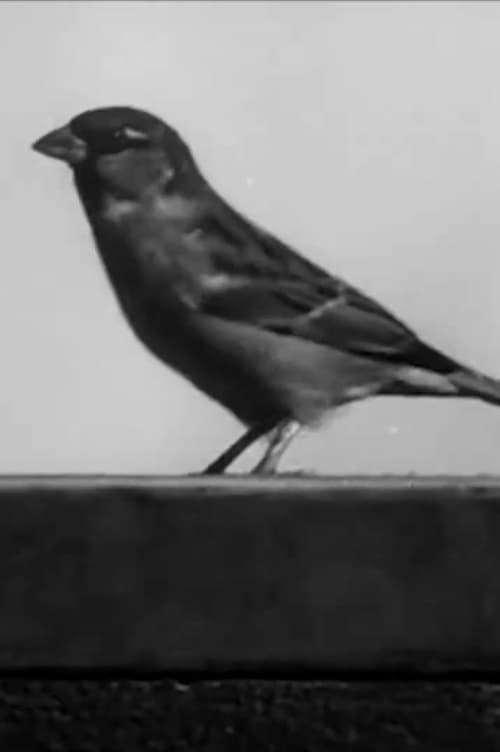
Sally the Sparrow
Explore London Zoo with one of its greediest residents, Sally the sparrow.
Fast and Slow
A Secrets of Life short.
King of The Forest
A Secrets of Life short.
The Pest
A Secrets of Life short.

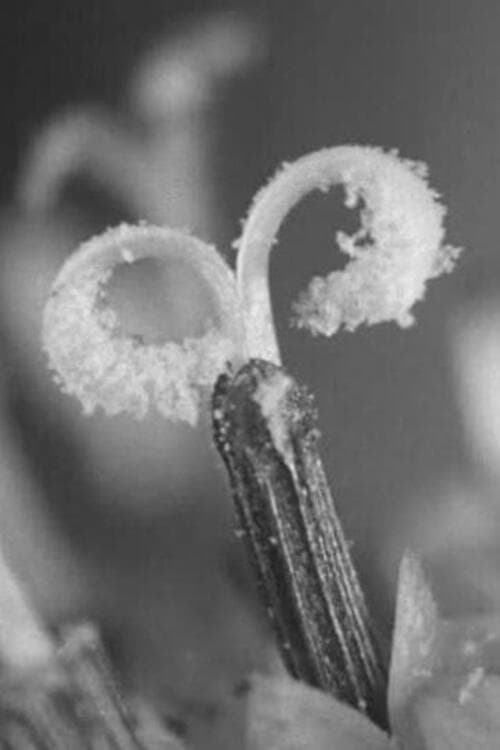
Fresh As a Daisy
A retired Major's efforts to hone his golf skills are thwarted by the diminutive but defiant common daisy.
Home of the Sea Birds
A Secrets of Life short.
A Visit to Farne Island
A Secrets of Life short.
On The Beach
A Secrets of Life short.
The Willow Tree
A Secrets of Life short.

Ebb-tide
Go with the flow: to gentle but spellbinding effect this innovative natural history film glimpses marine life astride rising tides at Millport on the Isle of Cumbrae. Urchins, lugworm, weaver-fish and crabs are the shy-but-elegant stars coaxed onto the screen (with the assistance of Millport’s local research station) for this archetypal edition of Gaumont-British Instructional’s 1930s cinema series Secrets of Life.
The Rock Pool
A Secrets of Life short.
Some Flowering Plants
The final short in the Secrets of Life series.
Father of the Family
A Secrets of Life short.